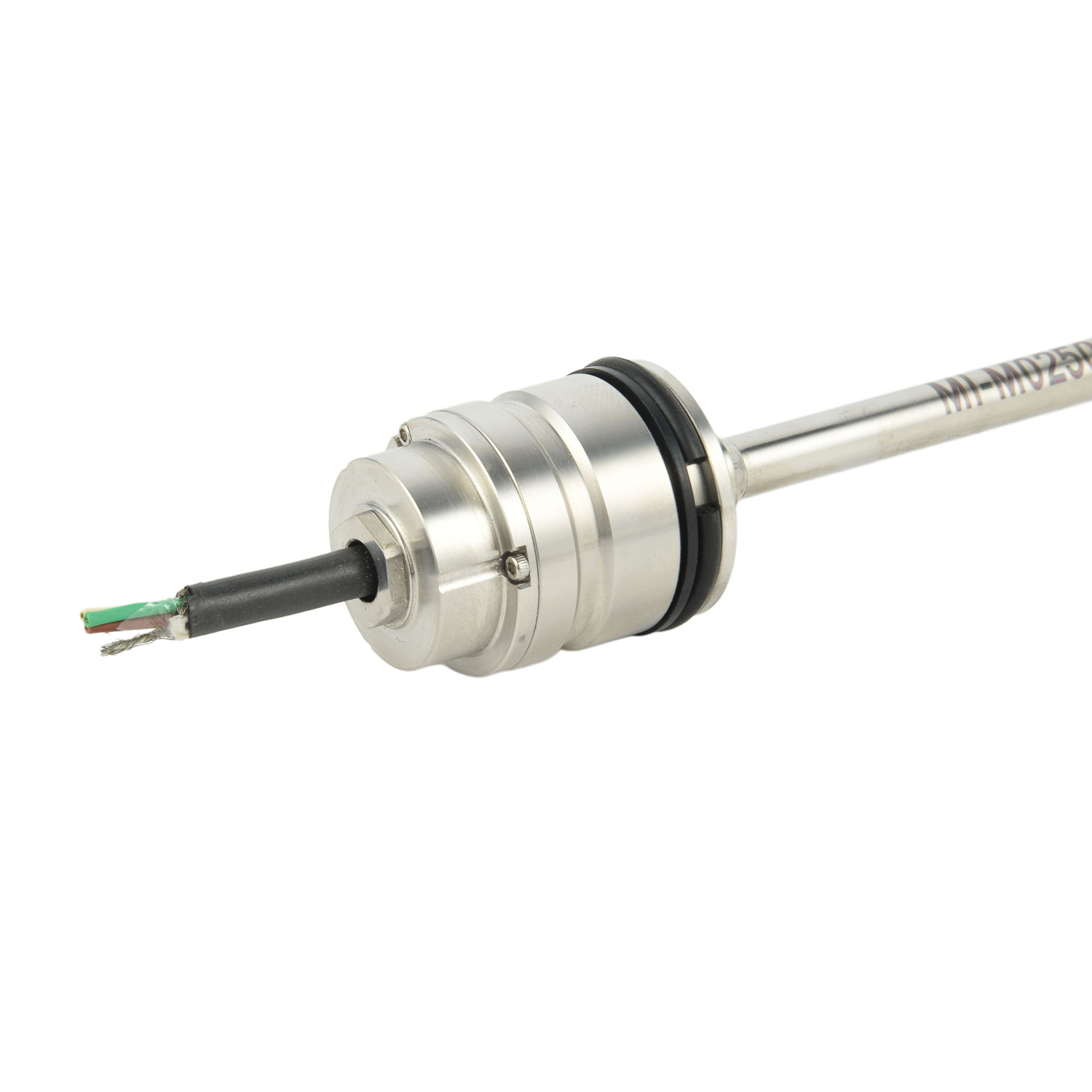Can magnetostrictive sensors withstand corrosive environments?
Magnetostrictive sensors have emerged as critical components in modern industrial applications, particularly where precise position sensing is required under challenging conditions. These sophisticated devices operate on the principle of magnetostriction, where ferromagnetic materials change their shape or dimensions during the process of magnetization. This unique physical phenomenon enables highly accurate and reliable measurements even in demanding operational environments. The fundamental question regarding their performance in corrosive settings becomes increasingly relevant as industries push the boundaries of where these sensors can be effectively deployed.
Understanding the basic construction of magnetostrictive sensors reveals why corrosion resistance is a significant consideration. These sensors typically consist of a waveguide made from specialized ferromagnetic materials, a movable permanent magnet position marker, and electronic components for signal processing. The waveguide, often constructed from nickel-iron alloys or similar materials, is particularly vulnerable to corrosive elements. Additionally, the protective housing and electrical connections must maintain integrity to ensure proper functioning. Manufacturers address these vulnerabilities through careful material selection and engineering design to create sensors that can perform reliably even when exposed to aggressive chemicals, saltwater, or other corrosive substances.
The materials used in corrosion-resistant magnetostrictive sensors play a pivotal role in their durability. High-grade stainless steel, particularly types 316 and 304, is commonly employed for sensor housings and waveguides due to their excellent resistance to various corrosive agents. For extremely harsh environments, manufacturers may utilize Hastelloy, titanium, or specially coated materials that provide enhanced protection against chemical attack. The choice of material often depends on the specific type of corrosion expected – whether it's general corrosion, pitting, crevice corrosion, or stress corrosion cracking. These material considerations ensure that the sensors maintain their structural integrity and measurement accuracy throughout their operational lifespan.

Protective coatings and sealing technologies significantly enhance the corrosion resistance of magnetostrictive sensors. Advanced epoxy coatings, PTFE (Teflon) layers, and specialized polymer seals create barriers between sensitive components and corrosive elements. Hermetic sealing techniques prevent moisture and chemicals from penetrating the electronic compartments, while specialized O-rings and gaskets made from Viton or Kalrez materials provide excellent chemical resistance at connection points. These protective measures are crucial for sensors operating in industries such as chemical processing, marine applications, or oil and gas production, where exposure to aggressive substances is commonplace.
Industry applications demonstrate the real-world performance of magnetostrictive sensors in corrosive environments. In chemical processing plants, these sensors reliably monitor valve positions and actuator movements while exposed to acidic or alkaline solutions. Marine and offshore installations utilize corrosion-resistant magnetostrictive sensors for level sensing in ballast tanks and position monitoring in steering systems. The food and beverage industry employs specially coated sensors that withstand frequent cleaning with corrosive sanitizing agents. These diverse applications showcase how properly specified magnetostrictive sensors can maintain accuracy and reliability despite continuous exposure to challenging conditions.
Proper installation and maintenance practices are essential for maximizing the corrosion resistance of magnetostrictive sensors. Correct mounting orientation prevents liquid accumulation around sensitive areas, while appropriate cable gland selections ensure environmental protection at connection points. Regular inspection schedules help identify early signs of corrosion before they compromise sensor performance. Cleaning procedures using compatible solvents maintain sensor integrity without damaging protective coatings. Following manufacturer recommendations for environmental limits and maintenance intervals significantly extends the operational life of these sensors in corrosive settings.
When selecting magnetostrictive sensors for corrosive environments, several critical factors must be considered. The specific chemical composition of the environment determines the appropriate material selection, while temperature extremes may affect both corrosion rates and sensor performance. Pressure conditions influence sealing requirements, and potential mechanical impacts might compromise protective coatings. Industry standards such as NACE MR0175 for sour service environments or IP ratings for ingress protection provide guidelines for appropriate sensor selection. Understanding these factors ensures that chosen sensors will withstand the particular corrosive challenges of each application.
Technological advancements continue to improve the corrosion resistance of magnetostrictive sensors. New alloy developments offer enhanced resistance to specific corrosive agents, while improved coating technologies provide more durable protective barriers. Wireless designs reduce potential corrosion points by eliminating some electrical connections, and self-monitoring capabilities alert users to developing corrosion issues before they affect performance. These innovations expand the applications where magnetostrictive sensors can reliably operate, pushing the boundaries of what's possible in harsh industrial environments.
The future of corrosion-resistant magnetostrictive sensors looks promising as material science and engineering innovations continue to evolve. Researchers are developing nanocomposite coatings that offer superior barrier properties while maintaining flexibility and durability. Smart sensor technologies incorporating corrosion monitoring capabilities will provide early warning systems for maintenance needs. As industries continue to operate in increasingly challenging environments, the demand for robust, corrosion-resistant magnetostrictive sensors will drive further innovations in materials, designs, and protective technologies.
 UpgradingYourLevelMeasurementS
UpgradingYourLevelMeasurementS
 Why are magnetostrictive level
Why are magnetostrictive level
 ComparingMagnetostrictiveandRa
ComparingMagnetostrictiveandRa
 MagnetostrictiveLevelSensorfor
MagnetostrictiveLevelSensorfor
